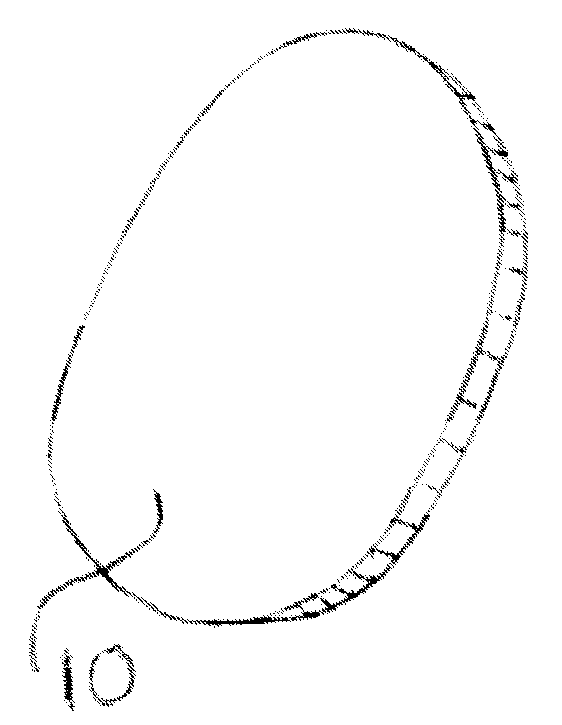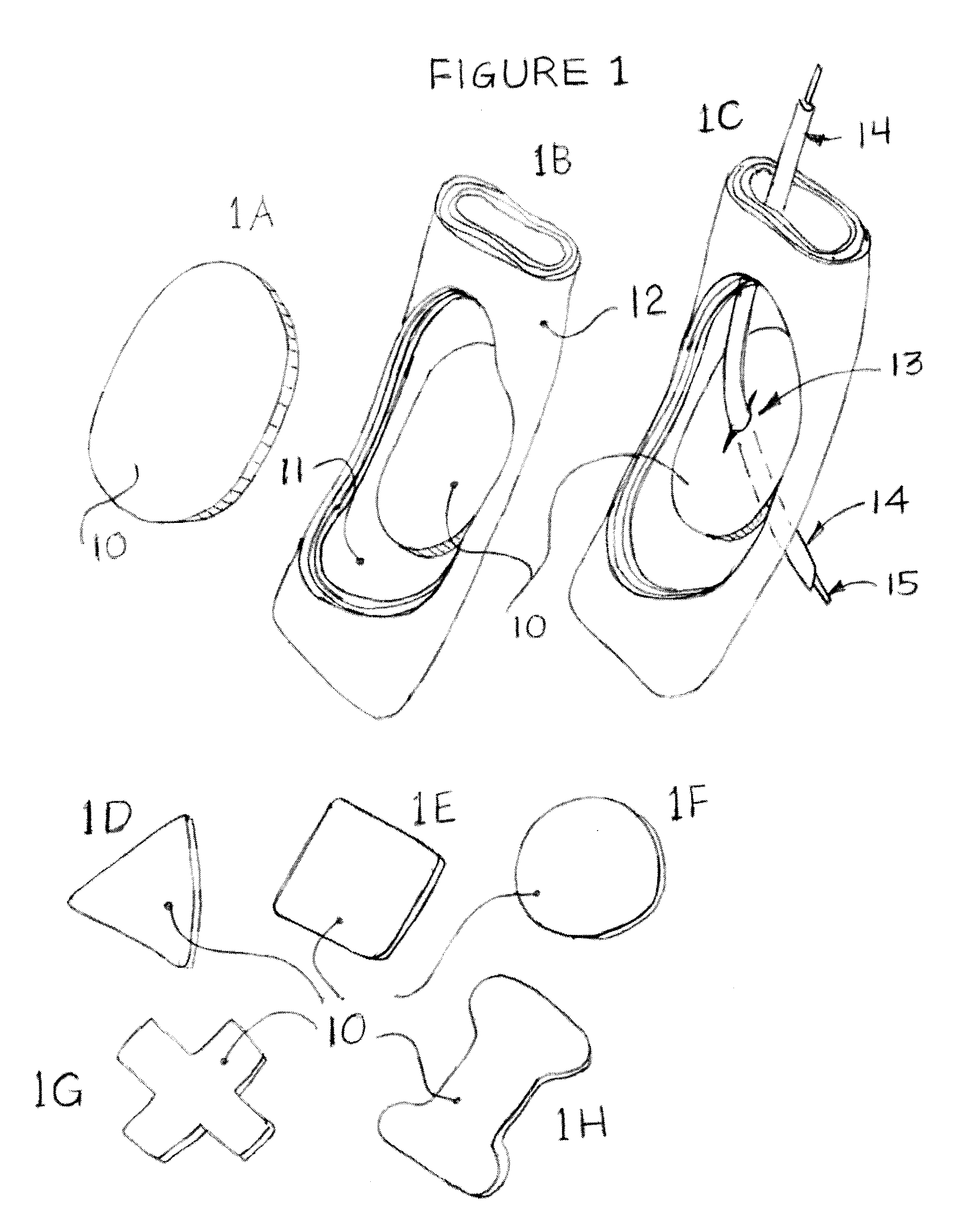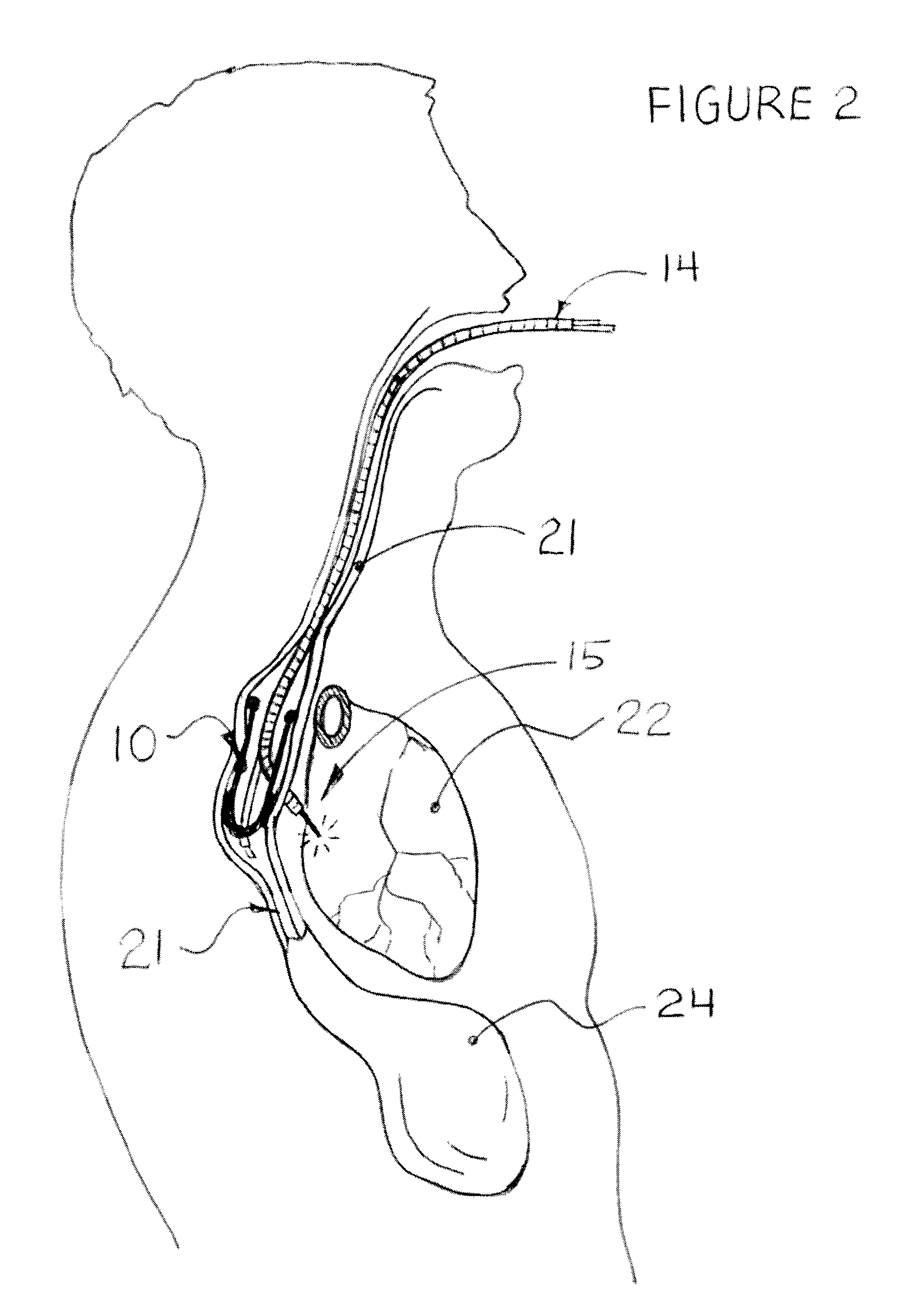Methods and apparatus for transesophageal microaccess surgery
a technology for transesophageal microaccess and surgery, applied in the field of methods and apparatus for transesophageal microaccess surgery, can solve the problems of difficult details that need improvement, require new approaches, etc., and achieve the effect of preventing contamination of the perforation si
- Summary
- Abstract
- Description
- Claims
- Application Information
AI Technical Summary
Benefits of technology
Problems solved by technology
Method used
Image
Examples
example 1
Transesophageal Microaccess for Spine Treatment
[0092]Cervical and thoracic spine disorders are of special importance due to the complexity of the bony / cartilaginous structures in relation to the spinal cord. For disorders like cervical disk disease, the current surgical solutions are very complex and involve dissection through many layers of tissues, and affect many sensitive vascular, neurological or lymphatic structures before the surgeon is able to reach the target lesion in the disk area between cervical vertebrae. This applies to both the anterior as well as the posterior approach.
[0093]What is needed is a simpler, less invasive and more precise method to reach the cervical disk / vertebral lesion and related structures without the need to dissect through many tissue layers. The posterior “Transesophageal Microaccess” approach is described below. As will be shown, the access to the cervical spine through the esophageal wall is short, wide and relatively direct as the esophagus is...
PUM
 Login to View More
Login to View More Abstract
Description
Claims
Application Information
 Login to View More
Login to View More - R&D
- Intellectual Property
- Life Sciences
- Materials
- Tech Scout
- Unparalleled Data Quality
- Higher Quality Content
- 60% Fewer Hallucinations
Browse by: Latest US Patents, China's latest patents, Technical Efficacy Thesaurus, Application Domain, Technology Topic, Popular Technical Reports.
© 2025 PatSnap. All rights reserved.Legal|Privacy policy|Modern Slavery Act Transparency Statement|Sitemap|About US| Contact US: help@patsnap.com



